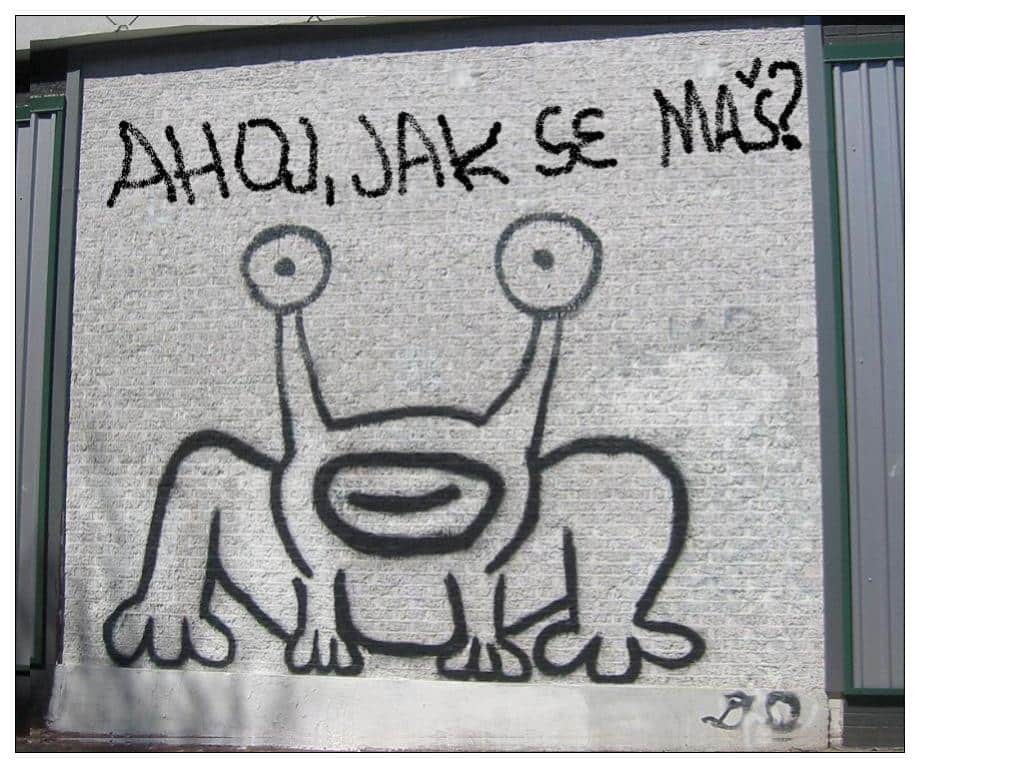2.5 – mít ‘to have’ and mít se ‘to be doing (well, badly, etc.)’
In this lesson you are going to learn how to ask someone how they are doing. The question is jak se máš? (informal) / jak se máte? (formal). You can reply with Mám se dobře / špatně.
Let’s take a deeper dive, however, and learn some of the grammar behind this question and possible answers. The verb mít ‘to have’ is also an -á- verb. Remove the -ít before putting on the endings:
|
(já) |
mám ‘I have’ |
(my) |
máme ‘we have’ |
|
(ty) |
máš ‘you have’ |
(vy) |
máte ‘you all have’/ ‘you (formal) have’ |
|
(on/ona/ono) |
má ‘he/she/it has’ |
(oni/ony/ona) |
mají ‘they have’ |
We’ll learn how to use the verb mít ‘to have’ in 2.6 – mít ACC forms. However, for now we will learn to use it with the reflexive pronoun se (more on this in lesson 2.5 – Reflexive se and si and 2nd position).
|
(já) |
mám se dobře ‘I am doing well’ |
(my) |
máme se dobře ‘we are doing well’ |
|
(ty) |
máš se dobře ‘you are doing well’ |
(vy) |
máte se dobře ‘you all are doing well’/ ‘you (formal) are doing well’ |
|
(on/ona/ono) |
má se dobře ‘he/she is doing well |
(oni/ony/ona) |
mají se dobře ‘they are doing well’ |
The question jak se máš? ‘How are you doing’ can be answered as follows:
mám se dobře
‘I’m doing well’
mám se špatně
‘I’m going badly’
jde to
‘it’s going…’
or even just simply (and quite colloquially):
dobrý! A co ty?
‘Good! And what about you?’
Cultural Note
Now, as a last point, it’s important to know that Czechs typically don’t ask each other how they are doing with the frequency that English speaking (or at least Americans) do, where asking someone “How’s it going?” (or even “what’s up?) can be equivalent to a basic greeting, often in place of “hello”. In Czech, if you ask someone this question, it is because you are genuinely interested in their response and as such you’ll find that you will use it more often if you haven’t seen the person in a while or if you specifically want to ask how they are doing.
Images used in this document come from these sources.
